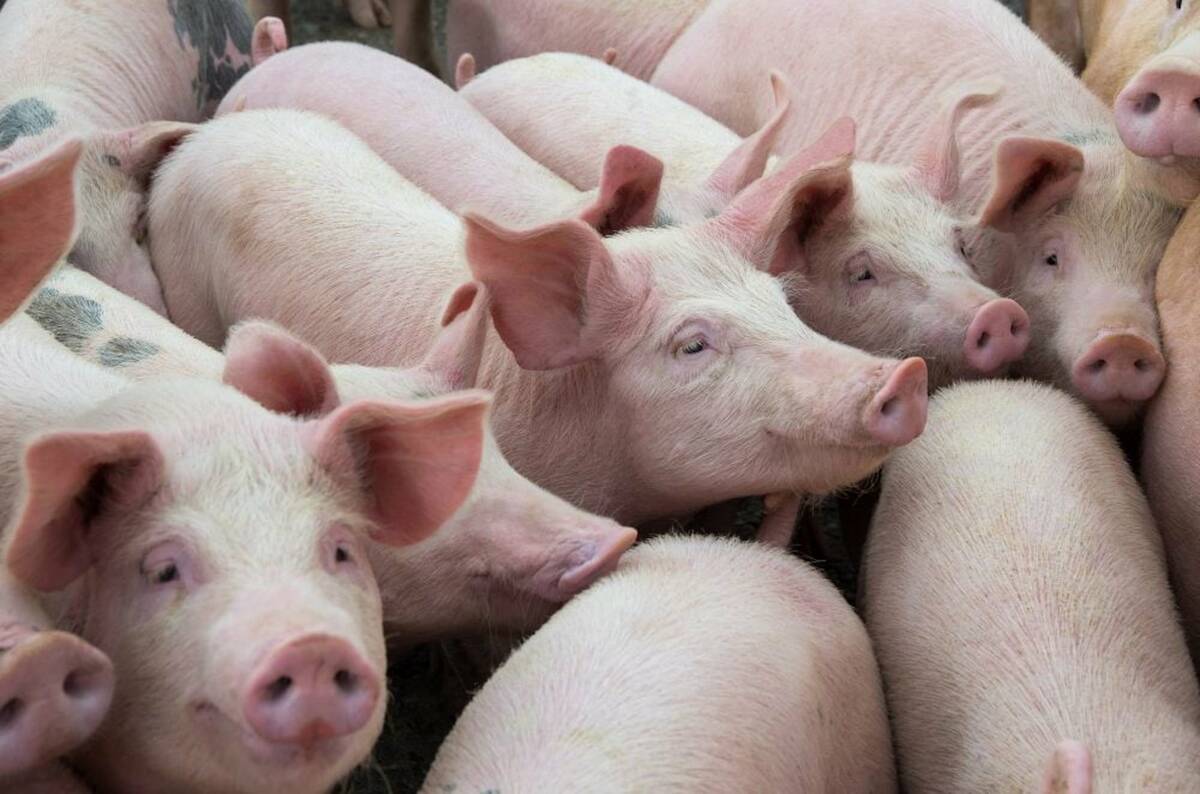Ontario’s cattle producers and beef slaughter plants will share $14 million in provincial funding to help pay for deadstock disposal and costs incurred under the pumped-up federal feed ban, respectively.
The province’s agriculture ministry on Thursday announced $5 million in interim funding for the Ontario Cattle Feeders’ Association, to support “affordable deadstock collection and disposal” while new regulations are on the drawing board.
The province said it plans to have a new “legislative and regulatory framework” in place by this fall to “provide farmers with more on-farm deadstcok disposal options that are practical, affordable and safe.” The province is updating its rules on deadstock disposal to “further protect public health and the environment.”
Read Also

U.S. livestock: Hogs rise ahead of ‘Hogs and Pigs’ report
Chicago cattle futures continued to inch upward on Monday. Hogs also rose in anticipation of Tuesday’s Hogs and Pigs report….
The other $9 million, also announced Thursday, will go to licensed abattoirs in the province to help cover added costs after new rules on specified risk materials (SRMs, the tissues that are known to harbour the proteins causing mad cow disease in infected cattle) came into effect in July 2007.
The enhanced feed ban requires that SRMs be stored separately from other inedible materials and can’t be processed into animal feed, pet food or fertilizer.
All licensed abattoirs that slaughtered cattle between July 1 and Dec. 31, 2007 will automatically get funding, based on the proportions of cattle slaughtered on either side of 30 months of age, compared to provincial totals based on 2006 slaughter statistics.
Abattoirs will get more funds per animal slaughtered over the age of 30 months, since those animals carry “significantly greater volume” of SRMs to be removed and disposed of, the province said.
Payments to abattoirs will be made in one lump sum before March 31, “due to the urgent need for support,” the province added.













